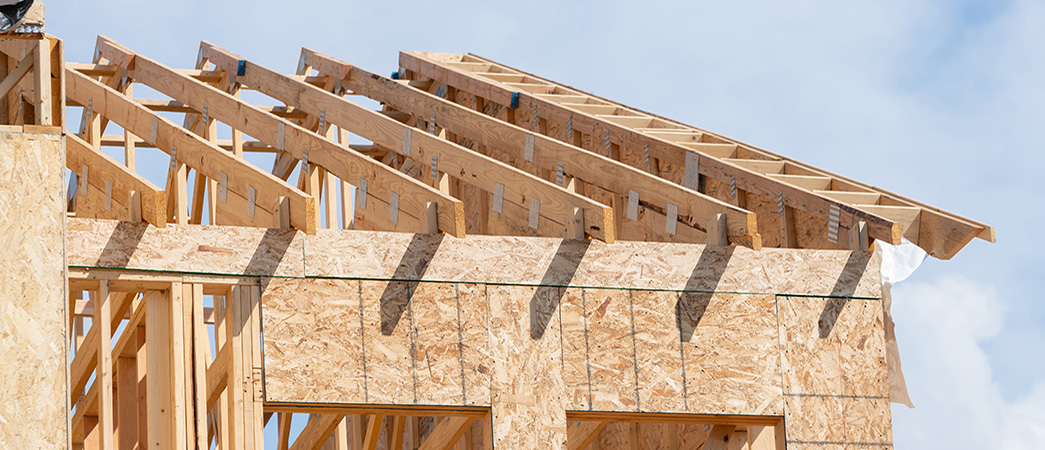
Worcester City Council voted to adopt the Specialized Stretch Code on September 26, 2023, with an effective date of July 2024.
Background
On September 26, 2023, the Worcester City Council voted to adopt a Specialized Stretch Code, to go into effect on July 1, 2024. This opt-in code will help our city meet our commitments of becoming the greenest mid-sized city in the country and becoming a net-zero city by 2045 per the Green Worcester Plan.
There are three levels of building energy code in Massachusetts: the Base Code, the Stretch Code and the Specialized Stretch Code. Worcester adopted the Stretch Code on May 4, 2010, as part of its designation as a Green Community. This code "stretches" energy code requirements beyond the base code, requiring higher building efficiency for new construction and major renovations.
The Specialized Stretch code is an opt-in municipal energy code that was developed by the Massachusetts Department of Energy Resources in 2021, that further stretches the requirements for new construction. The opt-in specialized code advances the building code towards net-zero building performance and will help our city meet the commitments in the Green Worcester Plan, which has a goal of bringing the City's greenhouse gas emissions to zero by 2045.
The Stretch Code vs. Specialized Stretch Code
On July 1, 2024, an updated Stretch Energy Building Code went into effect. The update makes the energy code requirements for new buildings and additions more stringent, ultimately making new buildings more energy efficient through tighter building envelope requirements and other requirements. The principal difference between the updated Stretch Code and the Specialized Stretch Code (also effective July 1, 2024), is that the latter requires new buildings that use fossil fuels to be pre-wired for future full building electrification and Solar PV, in most cases. All existing buildings that are being renovated don't have any restrictions beyond what is required by the Stretch Code.
Of note, case-study analyses indicate that up-front costs for residential and multi-family construction in compliance with the Stretch and Specialized Stretch code are expected to be roughly the same to slightly less than base code construction costs (if including current incentives). While there are no case studies for commercial facilities, as there are too many variations to make a fair comparison assessment, they too are expected to have similar, average up-front construction costs.
This new code not only reduce carbon emissions but also results in:
- Higher levels of comfort for building occupants due to consistent indoor temperatures and quieter acoustics
- Healthier homes and offices due to cleaner indoor air quality
- Reduction of energy demand which can reduce energy bills, and more
Stretch Code Version Comparison
| Energy Source(s) | Updated Stretch Code (Effective July 2024) | Specialized Stretch Code (Effective July 2024) |
|---|---|---|
| Existing Residential or Commercial: Additions & Alterations | Same as Stretch code | Same as Stretch code[1] |
| New Residential or Commercial Construction: All-Electric | High energy efficiency requirements (HERS 45) or Passive House | High energy efficiency requirements (HERS 45) or Passive House |
| New Residential Construction: Mixed-Fuel | Based on HERS ratings or Passive House certification | Single family: + Solar PV (min 4 kW for <4,000 SF, or to net-zero[2] for >4,000 SF) All buildings: + pre-wiring for future building electrification + Passive house for multi-family over 12,000 sf but not solar if under 4 stories |
| New Commercial Construction: Mixed-Fuel | Based on Passive House, or TEDI or ASHRAE 90.1 code paths | + pre-wiring for future building electrification + Solar PV for buildings based on available roof area and parking areas |
[1] Exemptions exist for historic homes where work would damage the historic fabric of the building.
[2] As the roof area allows.
For more information, please contact the Inspectional Services Department at inspections@worcesterma.gov.
Resources
- Overview of the Proposed High Efficiency Energy Building Code and Video Presentation (August 2023)
- Specialized Stretch Code Summary Handout for the City Council, September 19, 2023
- Stretch Building Energy Codes in Worcester - Brochure
- Department of Energy Resources FAQs
- Final Code Language, Summary Document and Informational Webinars
Contact Information
Address
Sustainability and Resilience
51 Sever Street Worcester, MA 01609
Mailing Address: 455 Main Street
Worcester, MA 01608
Contact
Phone: 508-799-8324
Email Us
![]()
Hours
By Appointment
Monday - Friday
8:30 a.m. - 5 p.m.

